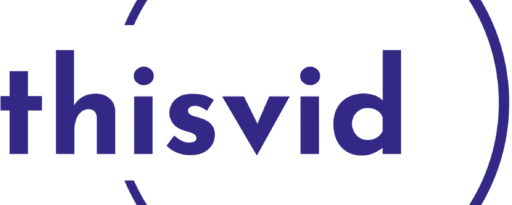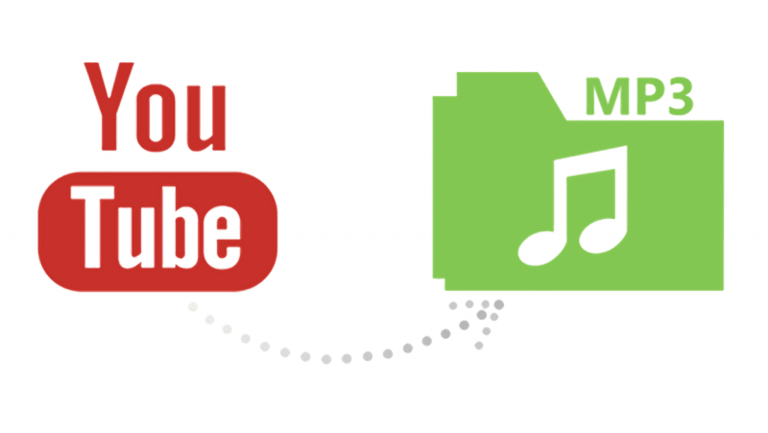How to Manipulate a Word Document Using C#: A Beginner’s Guide
Working with Word documents programmatically can save a lot of time. It’s useful for generating reports, automating templates, or updating files in bulk.
For developers using C#, the process is straightforward once the basics are covered. With the right methods, users can add text, edit formatting, insert tables, and more.
Understanding how to manipulate a Word document with C# opens up many automation possibilities.
Start exploring these tools today to simplify repetitive document tasks. Learn the steps below!
Creating a New Word Document
Start by setting up a new project in your development environment. You’ll need to reference the appropriate libraries to access Word file functionalities. Create a blank document using basic file creation methods in C#.
This file can then be customized as needed. Developers usually start by defining the document type and structure. After that, it’s easy to insert headings or sections. A simple document can be generated with just a few lines of code.
Adding Text to a Word File
To insert text, you must access the document body or main content area. Use the proper method calls to add text at specific positions. You can control font size, boldness, and alignment. It helps when building formatted templates or documents for client use.
Use variables to insert dynamic data like names, dates, or figures. This makes document generation much more flexible. With C#, you can create reusable functions to handle different content types.
Formatting Paragraphs
Paragraph formatting gives your document a clean and consistent look. You can set spacing, alignment, and indentation with specific properties. Make sure the formatting applies only to the right sections.
It’s possible to define styles for titles or standard text blocks. This improves readability and reduces manual edits later.
Working with formatting in a c# Word automation task helps deliver better output. Always test formatting across sample documents to check consistency.
Inserting Tables
Tables are useful for organizing data in rows and columns. C# allows you to define how many rows and columns to include. Each cell can hold text, numbers, or other data types.
Tables can be styled with borders and colors for better visual structure. It’s important to manage the layout so that tables don’t overlap with other content.
When updating documents in bulk, dynamic tables help organize results. Keep it simple to avoid layout issues.
Replacing Text
You can search and replace words or phrases across the document. This is helpful for updating templates or personalizing content. Define the search term and the replacement text using basic string methods.
Make sure replacements don’t affect unintended sections. You can apply conditions, so replacements only happen under certain rules. It’s a great way to maintain large sets of documents with uniform structure. This function reduces manual review time significantly.
Saving and Exporting
Once edits are done, save the file with a new name or overwrite the existing one. You can choose different file types depending on the need. Always ensure the path exists to avoid errors during save.
Exporting to other formats like PDF may require extra steps. Keep backups if you’re working with original documents. It’s a good idea to log each change for tracking. This helps avoid loss of data during processing.
Learn to Manipulate a Word Document Using C#
Manipulating a Word document using C# is a valuable skill for automating daily tasks. With just a few functions, it’s possible to build, format, and manage documents with ease.
Start small, then expand as needed. Focus on clean code and consistent formatting. This ensures your document output looks professional every time.
For more topics, explore our blog page!







